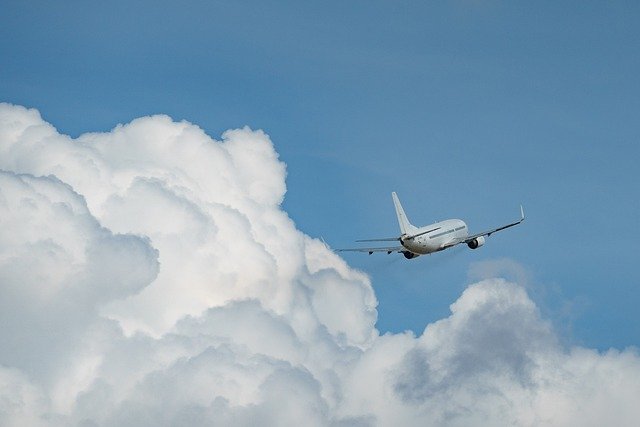Achieving carbon-neutral air travel by 2050 sounds promising but may lead to higher ticket costs. Imagine boarding your flight, ticket in hand, as the pilot assures you that your journey is environmentally neutral.
This dream, known as “Jet Zero,” envisions eliminating emissions with advanced technologies and carbon offsetting. The UK government first introduced this vision in 2022 under Prime Minister Boris Johnson to meet its net-zero emissions target by 2050. The Labour government has supported this initiative, adding that all domestic flights and UK airport operations should achieve zero emissions by 2040.
The challenge is enormous. A passenger flying from London to New York generates 309 kg of CO2, equal to what 10 mature trees absorb annually. Globally, aviation would need to plant 100 billion trees annually to offset emissions. For the UK, this would require a forest the size of Wales.
How realistic is Jet Zero by 2050? What impact will it have on flight costs?
Rising Costs and Technological Hurdles
Former aviation minister Anthony Browne stated earlier this year that ticket price increases would be “marginal.” However, experts like Sir Dieter Helm argue costs will likely be much higher. “Governments don’t want to tell people that they’ll have to pay for these changes,” he said.
The cost depends on the technologies and strategies used to reduce aviation emissions.
Advances in Aircraft Technology: Efficiency and Innovation
The Jet Zero strategy focuses on technological advancements, operational improvements, and alternative fuels. The aviation industry has steadily improved fuel efficiency since introducing high-bypass turbofan engines in the 1960s. Recent innovations like sharklets reduce drag, saving up to 4% of fuel per flight.
Exciting technologies, such as Rolls-Royce’s “UltraFan” engine, promise to cut fuel consumption by 10%. While tested in 2023, the UltraFan may not be commercially available until the 2030s.
Aviation’s main CO2 emissions come from burning fossil fuels. Sustainable Aviation Fuel (SAF), made from renewable biomass and waste materials, aims to reduce this impact. The UK government targets 22% SAF usage by 2040. However, SAF production relies on large amounts of renewable electricity, raising sustainability challenges. Sir Dieter Helm notes, “The scale of production required is enormous.”
Optimizing Flight Paths for Lower Emissions
Flight route optimization can also reduce emissions. Current paths often follow outdated beacons, leading to longer routes. Modernizing airspace could enable direct flight paths, saving fuel and emissions. Satellite technology may also allow planes to fly closer together over the Atlantic, cutting distances.
The Jet Zero strategy estimates these measures could reduce emissions by 15% by 2050. However, implementing changes will take years, warns Chris Norsworthy of National Air Traffic Services.
Electric and Hydrogen Aircraft Innovations
Electric planes offer another solution. The VX4, a carbon-fiber aircraft powered by lithium-ion batteries, can travel about 100 miles. While promising, battery weight and range remain challenges for long-haul flights. Inventor Stephen Fitzpatrick hopes hybrid systems combining hydrogen fuel cells and batteries will extend capabilities.
Hydrogen-powered planes show potential. ZeroAvia aims to launch an 80-seat hydrogen-powered plane within three years, while Airbus is developing similar technologies. These planes will likely be smaller, limiting their range and speed.
The Cost of Carbon Offsetting
Even with SAF, improved efficiency, and new aircraft, emissions may only drop by a third by 2050. To close the gap, the Jet Zero strategy proposes charging airlines for CO2 emissions and requiring carbon offsets. Airlines already pass these costs to passengers. Domestic flights add £7, short-haul flights £14, and long-haul flights £92. Additional offset costs raise concerns about effectiveness.
Cait Hewitt from the Aviation Environment Federation warns some offset schemes create a false impression of emissions neutrality. Duncan McCourt of Sustainable Aviation believes costs won’t drastically increase ticket prices, but the Jet Zero plan avoids directly addressing the financial impact on passengers. Instead, it emphasizes “demand management.”
The Path to Jet Zero: Ambition vs. Reality
As air travel grows, with 150 million more flights expected annually in the UK by 2050, achieving Jet Zero becomes increasingly challenging. Sir Dieter Helm remains skeptical about reaching the 2050 target, warning higher costs for consumers are inevitable. While the vision of sustainable aviation is inspiring, its financial and technological realities are complex and demanding.
